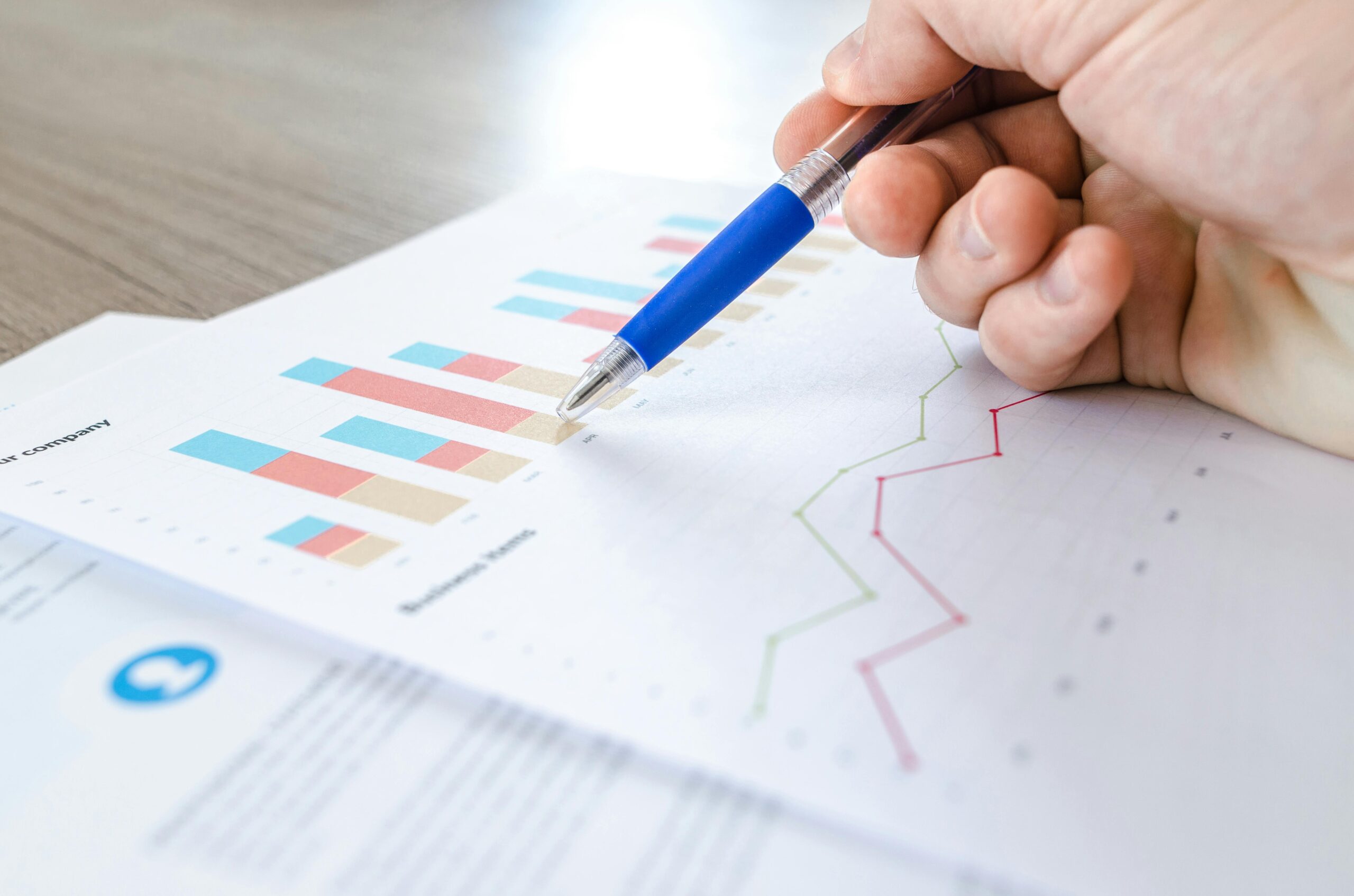Data Science for Social Good: How Analytics is Solving Global Challenges
Introduction
Data Science for Social Good: Data science is often associated with business intelligence, marketing analytics, and AI-driven automation. However, its impact extends far beyond corporate profits. Today, data science is being used to tackle global challenges—from fighting climate change to improving healthcare and education.
This article explores how data analytics, machine learning, and AI are being leveraged to drive social good, creating a more equitable and sustainable world.
What is Data Science for Social Good?
Data Science for Social Good (DSSG) refers to using data-driven insights to solve pressing societal challenges in areas such as:
- Climate Change & Sustainability – Reducing carbon footprints, optimizing energy use.
- Healthcare & Disease Prevention – Predicting disease outbreaks, improving patient care.
- Education & Accessibility – Enhancing learning through AI-driven insights.
- Crime & Disaster Response – Analyzing crime patterns, improving disaster preparedness.
- Poverty & Economic Development – Identifying areas that need financial aid and policy improvements.
READ ALSO: Decentralized Identity Systems
1. Climate Change & Environmental Sustainability
How Data Science Helps:
- Predicting Climate Trends – AI models analyze weather patterns to predict heatwaves, hurricanes, and wildfires.
- Optimizing Energy Use – Smart grids and AI-driven systems adjust energy consumption for efficiency.
- Carbon Footprint Tracking – Companies use data analytics to monitor and reduce emissions.
Real-World Example:
- Google’s AI-powered climate models predict extreme weather patterns, helping governments prepare for disasters.
- IBM’s Green Horizon Project uses AI to monitor and reduce air pollution.
2. Healthcare & Disease Prevention
How Data Science Helps:
- Predicting Disease Outbreaks – Machine learning models detect early signs of pandemics.
- Personalized Medicine – AI-driven treatment plans improve patient outcomes.
- Telemedicine & AI Chatbots – Expanding healthcare access in remote areas.
Real-World Example:
- BlueDot, a Canadian AI company, predicted the COVID-19 outbreak before it spread globally by analyzing global flight data and news reports.
- Google’s DeepMind AI predicts protein structures, accelerating drug discovery.
3. Education & Accessibility
How Data Science Helps:
- AI-Powered Tutoring – Personalized learning experiences using AI (e.g., Duolingo, Khan Academy).
- Predicting Student Performance – Identifying students at risk of dropping out.
- Accessible Learning for Disabled Students – AI-generated captions, speech-to-text tools.
Real-World Example:
- Microsoft’s AI-powered tools provide real-time subtitles for deaf students.
- UNICEF uses data analytics to track education gaps in underprivileged regions.
READ ALSO: GhostGPT Introduced: The New Cybercrime AI Used by Hackers
4. Crime Prevention & Disaster Response
How Data Science Helps:
- Predicting Crime Hotspots – AI identifies high-risk areas for law enforcement.
- Disaster Preparedness – Data-driven models predict floods, earthquakes, and wildfires.
- Human Trafficking Detection – AI analyzes online patterns to track illegal activity.
Real-World Example:
- The Los Angeles Police Department (LAPD) uses predictive analytics to prevent crime before it happens.
- NASA’s AI models help predict and mitigate the impact of natural disasters.
5. Fighting Poverty & Economic Development
How Data Science Helps:
- Identifying Areas in Need – Data helps governments allocate resources efficiently.
- Microfinance & Credit Scoring – AI-based credit systems help unbanked populations access loans.
- Job Market Optimization – Analyzing labor trends to create better job opportunities.
Real-World Example:
- The World Bank uses satellite and economic data to detect poverty-stricken areas for better aid distribution.
- Kenya’s M-Pesa mobile banking system uses AI to provide financial services to the unbanked.
Challenges in Data Science for Social Good
- Data Privacy & Ethics – Misuse of data can lead to surveillance issues.
- Bias in AI Models – If trained on biased data, models may reinforce inequalities.
- Limited Access to Quality Data – Many developing regions lack proper data collection infrastructure.
- Scalability & Funding – Many social good projects struggle with long-term funding.
READ ALSO: Is Sci-Fi Becoming Reality?
The Future of Data Science for Social Good
- More Open Data Initiatives – Governments and NGOs will share datasets for transparency.
- AI-Powered Humanitarian Aid – AI will improve disaster response and relief efforts.
- Better Data Ethics Regulations – Stricter policies will ensure fair and unbiased AI.
- Increased Collaboration – Tech companies, governments, and nonprofits will work together to solve global problems.
